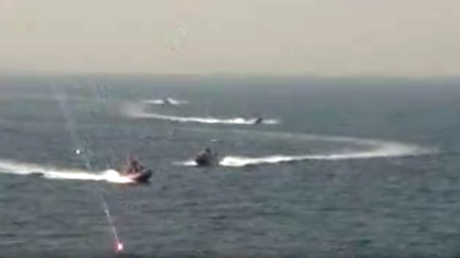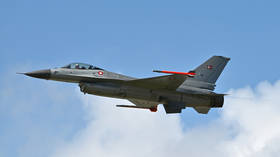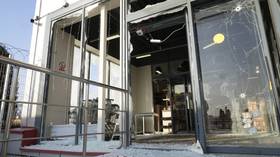US prepared ‘to fight’ in Russia, China missile defense zones – Naval ops chief
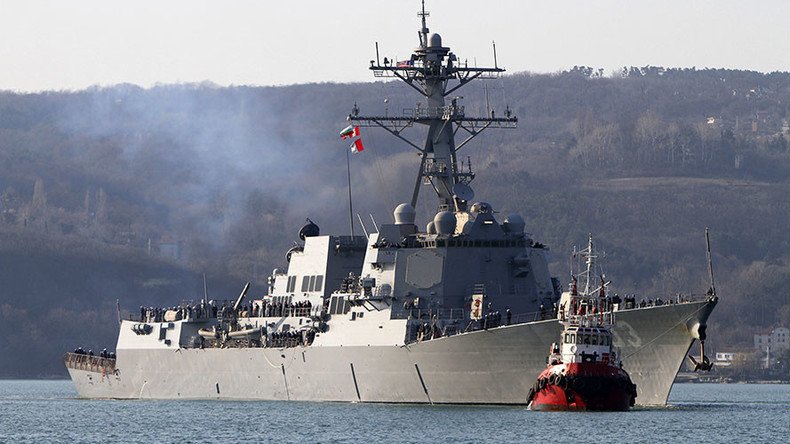
The US Navy is seemingly ready to conduct operations in areas regarded as no-go missile areas, said the US Chief of Naval Operations. Such defense missile zones can be found at Russia’s and China’s coastlines.
This was announced by Admiral John Richardson during remarks made at the US Naval Institute – CSIS Maritime Security Dialogue.
He said that from now on the US Navy is “scaling down” the term ‘A2/AD’ (anti-access/area denial) from its communications.
Earlier, these areas were viewed as “an impenetrable keep out zone that forces can only enter at extreme peril to their existence, let alone their mission,” Richardson wrote in an article for the National Interest outlet.
“It’s a term bandied about pretty freely and lacks the precise definition it probably would benefit from, and that ambiguity sends a variety of signals,” he said on Tuesday.
“We’ll no longer use the term A2/AD as a stand-alone acronym [sic] that can mean all things to all people or anything to anyone – we have to be better than that,” Richardson said.
He went on to explain why the US military decided to ditch the reference.
“Since different theaters present unique challenges, a ‘one size fits all’ term to describe the mission and the challenge creates confusion, not clarity. Instead, we will talk in specifics about our strategies and capabilities relative to those of our potential adversaries, within the specific context of geography, concepts, and technologies,” he said.
According to Richardson, the current understanding of the term simplifies the real state of things which is “far more complex” than lines on the map.
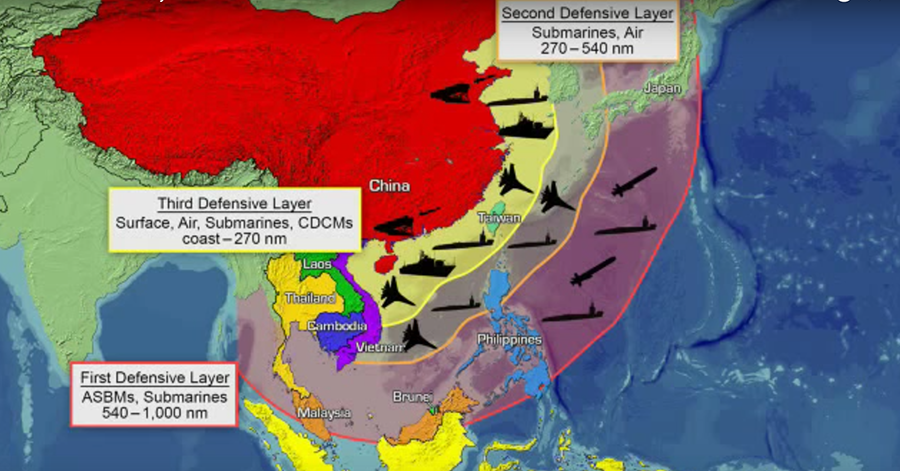
The lines marking these zones used to show the limits of missile defense systems’ ranges. If the aircraft or an aircraft carrier crossed the ark, it was risking to be destroyed, he said.
It is noteworthy that such zones – at least, the majority of them – are located on the coastlines of Russia and China.
It would appear as if the US were prepared to take a risk to increase their presence in the no-go zones.
“It's actually really hard to achieve a hit. It requires the completion of a really complex chain of events. The threats they are based on are not insurmountable, and can be managed, will be managed,” Richardson said.
“Have no doubt, the US Navy is prepared to go wherever it needs to go, at any time, and stay there for as long as necessary in response to our leadership’s call to project our strategic influence,” he said.
Tensions have been running high over the US expansion. In June, Russia warned the US about American warships entering the Black Sea and “response measures” from Moscow that could follow. The USS Porter (DDG-78), armed with assault cruise missiles and an Aegis Ballistic Missile Defense System entered the Black Sea at the beginning of June.
Another hotspot for the conflict is South Korea, where the US is determined to deploy the THAAD anti-missile system.
Beijing has repeatedly voiced strong objections to the deployment of the system, vowing to take the “necessary” steps to maintain a strategic power balance in the region. A week ago, however, the US said it will deploy the system to South Korea “as soon as possible.”
In mid-September, Russia and China held joint drills, with their culmination off the coast of China’s southern Guangdong Province.
